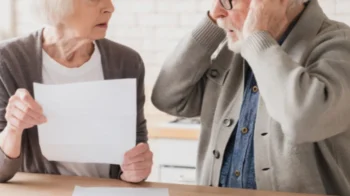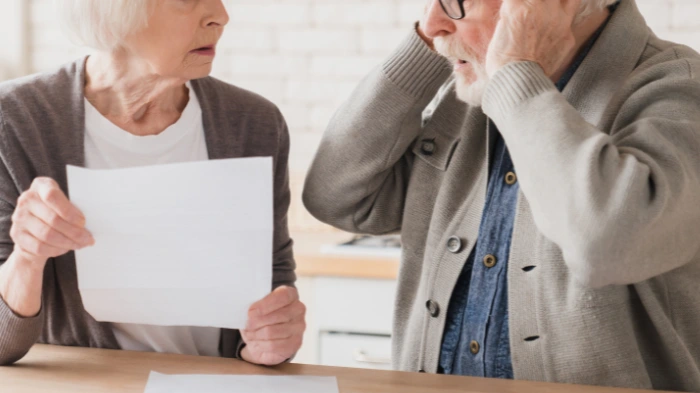In a UK divorce, pensions are generally treated as a matrimonial asset, meaning they can be divided as part of a divorce financial settlement. However, this does not necessarily mean that the split will be 50:50. How pensions are divided depends on a number of factors, including the length of the marriage and the needs of both parties. As we will explain in this article, there are 3 main ways that a pension can be split between separating spouses: pension sharing, pension attachment and pension offsetting.
It is important to note that basic UK state pensions cannot be split between divorcing couples. That said, additional state pensions and private pensions in the UK or overseas may be divided in a divorce settlement and should always be included in any financial disclosure by both parties.
How are pensions split in the UK?
As mentioned above, pensions can be split following divorce in 3 ways:
- Pension sharing
- Pension attachment
- Pension offsetting
The following provides a brief summary of each method of pension splitting and their advantages and disadvantages.
Pension sharing
Pension sharing means that a part of a pension held by one ex-spouse will be transferred to the other ex-spouse. This is typically referred to as providing a ‘pension credit’. Exactly how a pension will be shared between divorcing couples is normally the decision of a family court judge. To enable the transfer or credit of the pension, there must be an existing pension fund into which the pension can be placed. Alternatively, a new pension fund can be set up by the receiving spouse for this exact purpose.
The benefit of pension sharing is that it allows a divorcing party who has no existing pension provision (e.g. because they gave up their career to look after the family) or an inadequate provision to receive a steady income in later life. It also allows separating couples to achieve a clean break and provides the receiving party greater control over how they use their pension. The main disadvantage of pension sharing is that it will reduce the size of the pension from which the credit is being made.
Pension attachment
With a Pension Attachment Order, one party may agree to pay their ex-spouse a portion of their pension when they start receiving it. This may be in the form of a lump sum, periodical payment (i.e. maintenance), or both. The benefit of pension attachment is that it keeps the division of assets following divorce relatively simple. The downside of pension attachment is that it does not allow couples to achieve a clean break, meaning that both parties have to keep in contact for the foreseeable future.
Pension offsetting
Pension offsetting enables divorcing parties to keep their pensions intact but to give up certain assets in return. For example, one party may get to keep their whole pension in return for giving up their share of the family home.
Pension offsetting achieves a clean break and makes the division of assets much simpler. In addition, where a separated spouse remarries or dies, the pension offsetting arrangement is not affected. The downside of pension offsetting is that it may leave one party without any pension provision in later life.
Is my wife/husband entitled to my pension?
Following a divorce, your wife or husband may be entitled to a share of your pension, but this will depend on a range of factors, including:
- The length of your marriage – the longer the marriage, the more likely it is that a judge will request that your pension be split.
- The value of the pension fund – if the pension is small or contains a nominal amount, the judge may conclude that it does not make sense to split it between the divorcing parties.
- Whether the pension fund was accumulated before, during, or after the marriage – if the pension was acquired before getting married, it may be classed as a pre-marital asset and included within your divorce financial settlement. Individuals who already have a pension before they get married often enter into a pre or post-nuptial agreement with their new spouse to protect/ringfence their pre-marital pension.
- Your financial needs and those of your ex-spouse – it is especially important for those with a high net worth to seek professional advice when it comes to working out their long-term needs to maintain their current lifestyle.
Also, bear in mind that without a ‘Clean Break order’, whereby a family court judge orders that both you and your ex-partner should no longer have any financial ties, there is always a risk that your former spouse can claim some of your pension. This is why it is important to seek the expertise of our family law solicitors who can advise you on how to best protect your pension (or pensions) both now and in the future.





